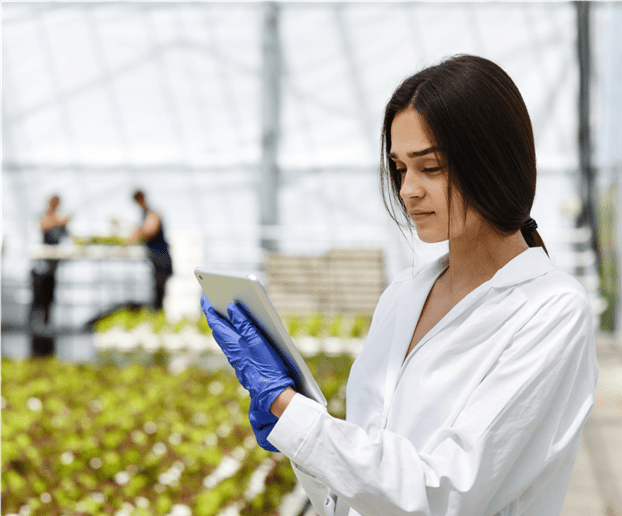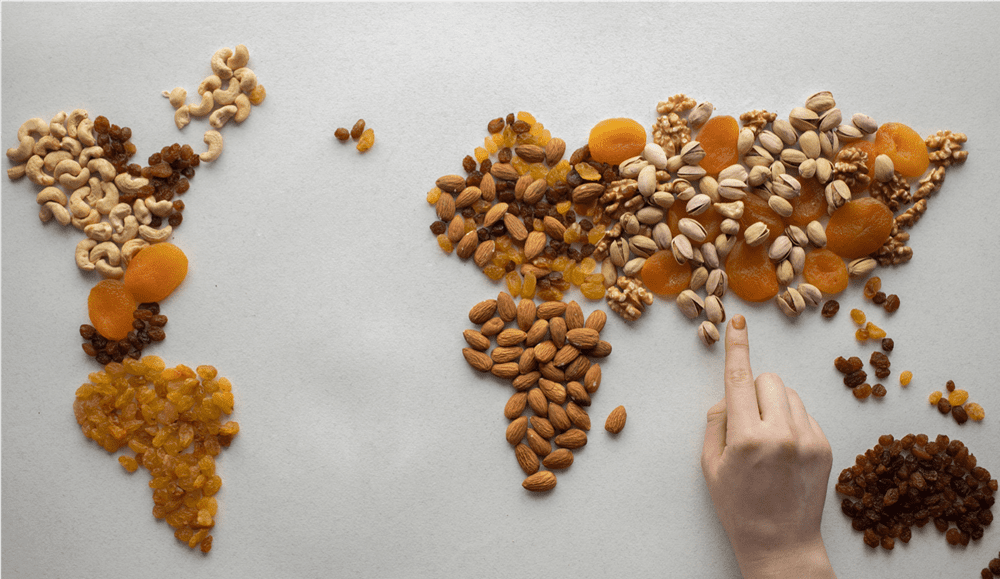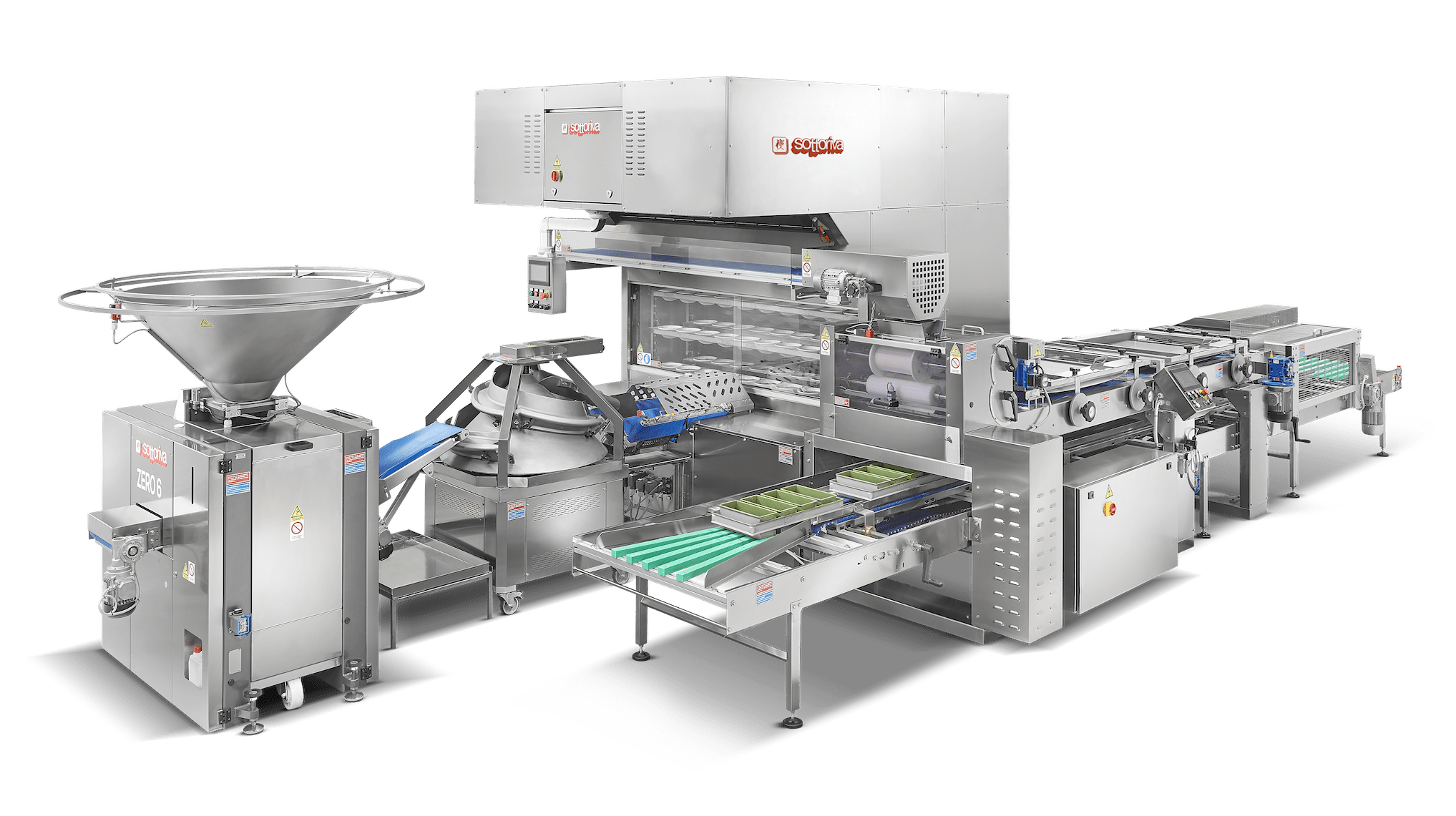
According to the DLG, there are 5 trends shaping today’s food and beverage industry: sustainability, digitalization, innovative packaging, new products, and climate change awareness. They will soon be influencing our choices.
At Anuga FoodTec 2022, the trade fair event dedicated to technological innovations for the food industry, the DLG partner (Deutsche Landwirtschafts-Gesellschaft – German Agricultural Society) presented the 5 most important trends destined to impact the food and beverage market in the near future.
Intelligent solutions and a high degree of flexibility are the keywords enabling us to interpret these themes, which have evolved as a response to market solicitation, collective requirements, and the need for business to optimize resources.
This is a necessary change of perspective in a business of ever-increasing complexity with a need for ongoing research. Companies seek optimal solutions for reducing costs and resource waste, while consumers expect variety, novelties, and innovative packaging, all of which must comply with sustainability criteria. The impact of these trends will be felt on both raw materials and, above all, on the technologies we utilize.
Sustainability, what else?
This is a topic that interests the entire industrial sector, and it is also an important consideration for end-consumers. About one third of the food produced in the world never gets as far as the table. This amount is equivalent o 1.3 billion tons, a huge quantity that causes considerable economic damage.
The responsibility for this is widespread: some food gets damaged in the production and transport phases, and some fails to be used by the end-consumer. The most critical areas regard meat, cereals, and milk, for which only smart solutions can make the difference.
The traceability, responsibility, and transparency of the production chain, as well as choices in favour of sustainable packaging are some of the key aspects, for which there is a strong market demand. For this reason, it has become of essential importance to adopt computerized tracking systems throughout all phases of the production chain: from raw materials to the consumer.
Just think, traceability could be applied to the product source, batch number, processing date, shelf life and delivery, as well as cold chain compliance. The environmental commitment of companies also goes in this direction.
The aim is not merely to comply with the laws and directives for the protection of people, nature, and the climate, but also to research and identify interesting benefits, such as the treatment of wastewater and other types of waste, technologies for controlling pollutants and exhaust gas purification. In the food industry, this translates into the identification of strategies and technologies aimed at using resources in “intelligent cycles”, resulting in a greater economic advantage.
Industry 4.0 and digital transformation
The food and beverage industry is characterized by a profound awareness of costs and by mass production, in which choices are oriented by consumers and their expectations, as in the case of innovative packaging or wide varieties of flavours.
In this respect, digital technologies can come into play at any point in the production chain to ensure an optimization of processes and greater efficiency, with important effects on product quality, sustainability, and work organization flexibility.
The resources come in different forms: IoT (Internet of Things), 3D printers, ERP systems, virtual reality, IT security, artificial intelligence, and Big Data.
Packaging, a new product styling
Dosing and packaging processes require a high level of automation and, at the same time, a keen attention to the functional safety of machinery and systems. Consumers, on the other hand, demand solutions that are sustainable, personalized, and smart.
It is up to producers to find the right balance between safety, automation and economic viability. In this respect, digital transformation offers great opportunities, especially in the ambit of dosing and packaging, where it is possible to optimize cycle times, minimize errors and maximize product safety.
New products with new technologies
The constantly growing world population presents new challenges for the provision of food resources, especially proteins. New production methods are therefore emerging, such as vertical agriculture, a farming method based on the practice of growing crops in vertically stacked layers, wherever land is totally unavailable, the production of artificial meat, or aquafarming, that is, the production process that consists in the farming of aquatic organisms by means of techniques designed to increase their production beyond the natural capacity of the environment.
Moreover, there is a growing demand for plant proteins, while recycled or upcycled foods are another trending topic, produced from by[1]products to counter food waste. Some examples? Cacao pulp juice obtained from the residue of chocolate making, or mayonnaise produced from the cooking water of chickpeas, otherwise disposed of by hummus producers.
Climate neutrality
Climate change is a central topic on social and political agendas. Global warming and its consequences (rising sea levels, flooding, extreme weather conditions, drought) demand specifically targeted measures.
The most salient of these consists in the reduction of emissions by means of investments in renewable energy sources, enhanced energy efficiency and low-carbon technologies. Aspects that constantly engage our companies, in their strive for best practices.






